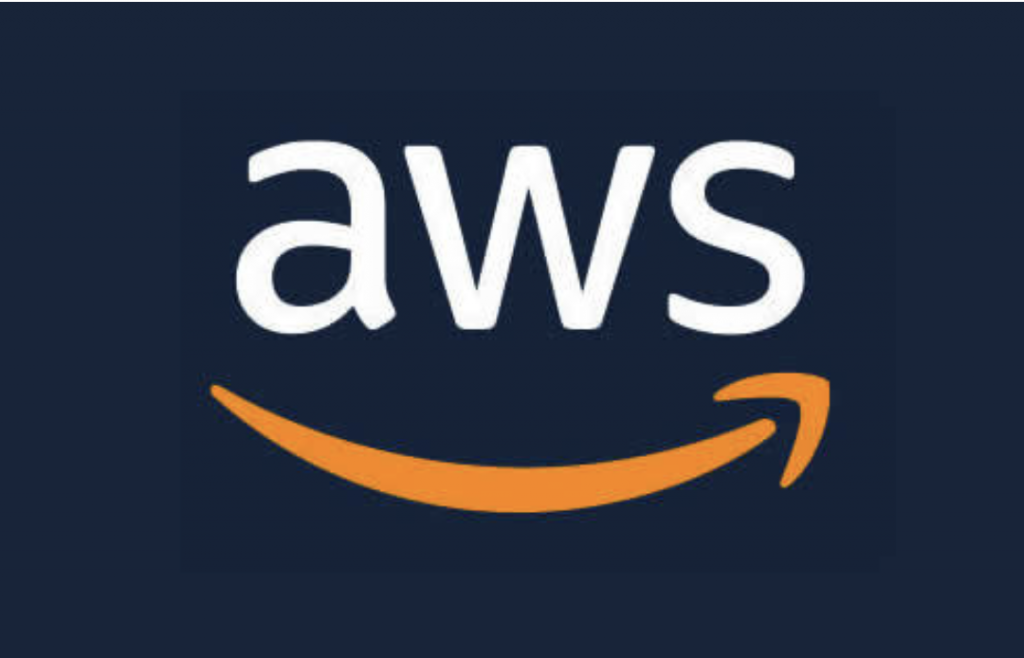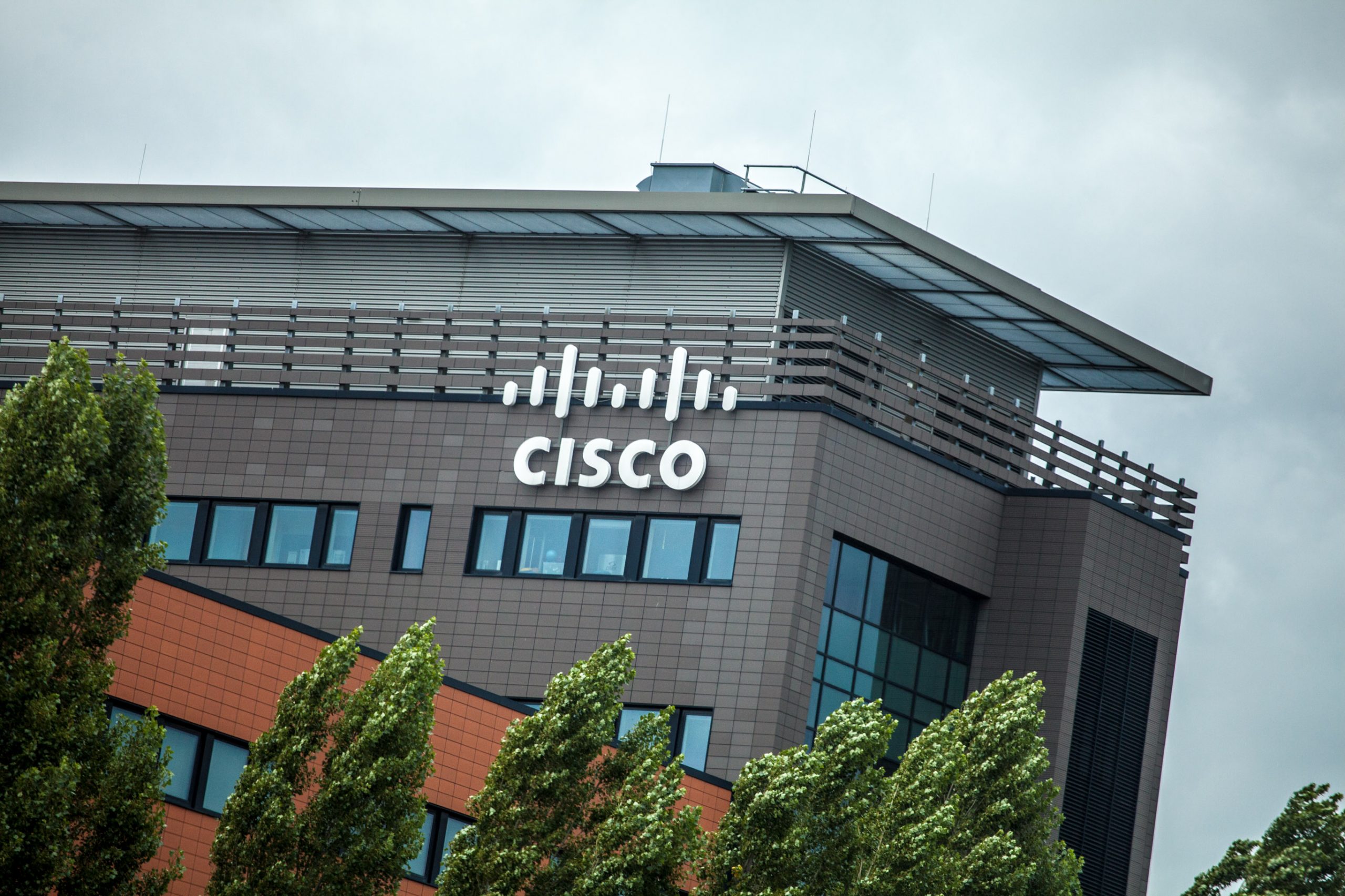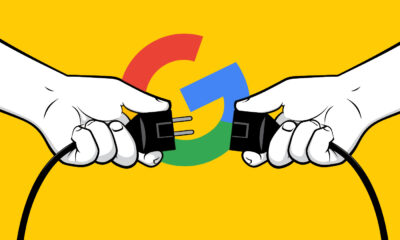TECHNOLOGY
Solving Business Problems With Blockchain

Blockchain can solve numerous business problems by providing security, trust and transparency.
Solving business problems with blockchain ensures efficient functioning of an enterprise.
When an organization suffers a loss or a specific problem that manages to disrupt its rhythmic flow , authorities frantically search for options that can help them solve the problem. Blockchain is a technology that focuses on increasing transparency and introducing decentralization that will allow the technology to enable everyone on the network to view information stored on ledgers. Blockchain has many applications that contribute to its popularity amongst people. Here are four common business problems:
1. Smart Contracts Help in Maintaining The Deal
When an organization makes a deal with another company, it affirms to stick to the guidelines laid down mutually. Apart from adhering to the instructions, they also finalize on an amount and mode of payment during the tenure of the partnership. Even after having the paperwork in place, companies face problems when their partner organization fails to keep up with the guidelines or changes the amount of money they had agreed to pay to each other. In such a situation, there is not much for an organization to do rather than negotiate the other company to stick to the deal or quit the venture then and there.
2. Supply Chain Management Gets Transformed With Increased Transparency
When a company is into production or manufacturing they lay heavy emphasis on maintaining the flow of production. Furthermore, manufacturers also need to ensure that their products reach the distributors and end retailers on time. Even after keeping track of products and trying to transport the product to the retailer’s store safely, companies face problems in maintaining a record of products and issues in supply chain management occur. When a product gets lost midway, it becomes nearly impossible to find it again. This misplacement of products often leads a company into enormous losses.
3. Data Can Be Stored Securely On The Blockchain Network Empowered With Encryption Feature
Information is considered to be one of the most crucial assets that a company holds. Every organization nowadays contains a plethora of data at their disposal that requires maintenance. This information is essential as the same can help firms in increasing sales and managing the usual flow of operations. Even after trying to protect information, a single drawback in the security system of a central network can lead a hacker into gaining access to the information that can pose a devastating blow to the company.
4. Advertisements Can Be Assured Of Viewing Only By Humans With the Help of the Blockchain Network
In the age where technology is almost everywhere, businesses try to reach a broader audience base to increase sales. With the internet improving every day, companies are now posting advertisements on several websites and social media platforms for people to view and interact with their organization. Advertisements are vital as they focus on displaying brief information about a company. Even after trying to reach a global audience, companies face the problem of their ads subjected to fraud bot traffic and not being viewed by its target audience. This lack of transparency causes a loss of trust between companies and digital advertising platforms, eventually lowering the sales for their business.
Solving Business Problems Using Blockchain

Even though blockchain’s introduction was with bitcoins, it is a disruptive technology that holds the potential to deliver transformations across several industries.
Smart contracts are one of the applications of blockchain that can vastly help companies in securing a deal. By using smart contracts, companies can form an electrical code that assists organizations to develop a venture in a conflict-free manner. Unlike traditionally, if a company tries to change the terms of the contract or denies to release a payment, everybody on the network can leverage the technology’s transparency to view the same, and the contract’s code automatically freezes the deal. The agreement would not continue further until the company pays the due or goes back to keeping up with the guidelines. This smart management of contracts helps businesses to maintain operations functioning without any friction.
As blockchain is a technology that increases transparency, keeping track of the incoming and outgoing products from the site can be managed efficiently by everyone on the network. Every time a product halts at a specific gateway, the same gets documented and inserted into the blockchain ledger. This documentation increases transparency on cargo status and ensures they reach retailers on time and intact in condition.
Because of its cryptography feature, storing information on a blockchain network is secure. As the ledgers and blocks are secured with private cryptographic keys, hacking into a blockchain network is extremely difficult. For a hacker to gain unauthorized access to the network, he has to hack every system connected to the network, which is extremely difficult to accomplish.
As blockchain focuses on increasing transparency, companies posting online ads can benefit massively from this technology. When using blockchain, authorities can view who has clicked on their ads and get the power to gain all the information about the viewer from her single click on the viewer’s agreement.
Blockchain is a disruptive technology . CTOs and CIOs can search for ways to implement and execute a blockchain network in their business. Companies that do not wish to implement their private blockchain network can turn to vendors through whom they can use Blockchain-as-a-Service (BaaS).
Source link
TECHNOLOGY
Next-gen chips, Amazon Q, and speedy S3

AWS re:Invent, which has been taking place from November 27 and runs to December 1, has had its usual plethora of announcements: a total of 21 at time of print.
Perhaps not surprisingly, given the huge potential impact of generative AI – ChatGPT officially turns one year old today – a lot of focus has been on the AI side for AWS’ announcements, including a major partnership inked with NVIDIA across infrastructure, software, and services.
Yet there has been plenty more announced at the Las Vegas jamboree besides. Here, CloudTech rounds up the best of the rest:
Next-generation chips
This was the other major AI-focused announcement at re:Invent: the launch of two new chips, AWS Graviton4 and AWS Trainium2, for training and running AI and machine learning (ML) models, among other customer workloads. Graviton4 shapes up against its predecessor with 30% better compute performance, 50% more cores and 75% more memory bandwidth, while Trainium2 delivers up to four times faster training than before and will be able to be deployed in EC2 UltraClusters of up to 100,000 chips.
The EC2 UltraClusters are designed to ‘deliver the highest performance, most energy efficient AI model training infrastructure in the cloud’, as AWS puts it. With it, customers will be able to train large language models in ‘a fraction of the time’, as well as double energy efficiency.
As ever, AWS offers customers who are already utilising these tools. Databricks, Epic and SAP are among the companies cited as using the new AWS-designed chips.
Zero-ETL integrations
AWS announced new Amazon Aurora PostgreSQL, Amazon DynamoDB, and Amazon Relational Database Services (Amazon RDS) for MySQL integrations with Amazon Redshift, AWS’ cloud data warehouse. The zero-ETL integrations – eliminating the need to build ETL (extract, transform, load) data pipelines – make it easier to connect and analyse transactional data across various relational and non-relational databases in Amazon Redshift.
A simple example of how zero-ETL functions can be seen is in a hypothetical company which stores transactional data – time of transaction, items bought, where the transaction occurred – in a relational database, but use another analytics tool to analyse data in a non-relational database. To connect it all up, companies would previously have to construct ETL data pipelines which are a time and money sink.
The latest integrations “build on AWS’s zero-ETL foundation… so customers can quickly and easily connect all of their data, no matter where it lives,” the company said.
Amazon S3 Express One Zone
AWS announced the general availability of Amazon S3 Express One Zone, a new storage class purpose-built for customers’ most frequently-accessed data. Data access speed is up to 10 times faster and request costs up to 50% lower than standard S3. Companies can also opt to collocate their Amazon S3 Express One Zone data in the same availability zone as their compute resources.
Companies and partners who are using Amazon S3 Express One Zone include ChaosSearch, Cloudera, and Pinterest.
Amazon Q
A new product, and an interesting pivot, again with generative AI at its core. Amazon Q was announced as a ‘new type of generative AI-powered assistant’ which can be tailored to a customer’s business. “Customers can get fast, relevant answers to pressing questions, generate content, and take actions – all informed by a customer’s information repositories, code, and enterprise systems,” AWS added. The service also can assist companies building on AWS, as well as companies using AWS applications for business intelligence, contact centres, and supply chain management.
Customers cited as early adopters include Accenture, BMW and Wunderkind.
Want to learn more about cybersecurity and the cloud from industry leaders? Check out Cyber Security & Cloud Expo taking place in Amsterdam, California, and London. Explore other upcoming enterprise technology events and webinars powered by TechForge here.
TECHNOLOGY
HCLTech and Cisco create collaborative hybrid workplaces

Digital comms specialist Cisco and global tech firm HCLTech have teamed up to launch Meeting-Rooms-as-a-Service (MRaaS).
Available on a subscription model, this solution modernises legacy meeting rooms and enables users to join meetings from any meeting solution provider using Webex devices.
The MRaaS solution helps enterprises simplify the design, implementation and maintenance of integrated meeting rooms, enabling seamless collaboration for their globally distributed hybrid workforces.
Rakshit Ghura, senior VP and Global head of digital workplace services, HCLTech, said: “MRaaS combines our consulting and managed services expertise with Cisco’s proficiency in Webex devices to change the way employees conceptualise, organise and interact in a collaborative environment for a modern hybrid work model.
“The common vision of our partnership is to elevate the collaboration experience at work and drive productivity through modern meeting rooms.”
Alexandra Zagury, VP of partner managed and as-a-Service Sales at Cisco, said: “Our partnership with HCLTech helps our clients transform their offices through cost-effective managed services that support the ongoing evolution of workspaces.
“As we reimagine the modern office, we are making it easier to support collaboration and productivity among workers, whether they are in the office or elsewhere.”
Cisco’s Webex collaboration devices harness the power of artificial intelligence to offer intuitive, seamless collaboration experiences, enabling meeting rooms with smart features such as meeting zones, intelligent people framing, optimised attendee audio and background noise removal, among others.
Want to learn more about cybersecurity and the cloud from industry leaders? Check out Cyber Security & Cloud Expo taking place in Amsterdam, California, and London. Explore other upcoming enterprise technology events and webinars powered by TechForge here.
TECHNOLOGY
Canonical releases low-touch private cloud MicroCloud

Canonical has announced the general availability of MicroCloud, a low-touch, open source cloud solution. MicroCloud is part of Canonical’s growing cloud infrastructure portfolio.
It is purpose-built for scalable clusters and edge deployments for all types of enterprises. It is designed with simplicity, security and automation in mind, minimising the time and effort to both deploy and maintain it. Conveniently, enterprise support for MicroCloud is offered as part of Canonical’s Ubuntu Pro subscription, with several support tiers available, and priced per node.
MicroClouds are optimised for repeatable and reliable remote deployments. A single command initiates the orchestration and clustering of various components with minimal involvement by the user, resulting in a fully functional cloud within minutes. This simplified deployment process significantly reduces the barrier to entry, putting a production-grade cloud at everyone’s fingertips.
Juan Manuel Ventura, head of architectures & technologies at Spindox, said: “Cloud computing is not only about technology, it’s the beating heart of any modern industrial transformation, driving agility and innovation. Our mission is to provide our customers with the most effective ways to innovate and bring value; having a complexity-free cloud infrastructure is one important piece of that puzzle. With MicroCloud, the focus shifts away from struggling with cloud operations to solving real business challenges” says
In addition to seamless deployment, MicroCloud prioritises security and ease of maintenance. All MicroCloud components are built with strict confinement for increased security, with over-the-air transactional updates that preserve data and roll back on errors automatically. Upgrades to newer versions are handled automatically and without downtime, with the mechanisms to hold or schedule them as needed.
With this approach, MicroCloud caters to both on-premise clouds but also edge deployments at remote locations, allowing organisations to use the same infrastructure primitives and services wherever they are needed. It is suitable for business-in-branch office locations or industrial use inside a factory, as well as distributed locations where the focus is on replicability and unattended operations.
Cedric Gegout, VP of product at Canonical, said: “As data becomes more distributed, the infrastructure has to follow. Cloud computing is now distributed, spanning across data centres, far and near edge computing appliances. MicroCloud is our answer to that.
“By packaging known infrastructure primitives in a portable and unattended way, we are delivering a simpler, more prescriptive cloud experience that makes zero-ops a reality for many Industries.“
MicroCloud’s lightweight architecture makes it usable on both commodity and high-end hardware, with several ways to further reduce its footprint depending on your workload needs. In addition to the standard Ubuntu Server or Desktop, MicroClouds can be run on Ubuntu Core – a lightweight OS optimised for the edge. With Ubuntu Core, MicroClouds are a perfect solution for far-edge locations with limited computing capabilities. Users can choose to run their workloads using Kubernetes or via system containers. System containers based on LXD behave similarly to traditional VMs but consume fewer resources while providing bare-metal performance.
Coupled with Canonical’s Ubuntu Pro + Support subscription, MicroCloud users can benefit from an enterprise-grade open source cloud solution that is fully supported and with better economics. An Ubuntu Pro subscription offers security maintenance for the broadest collection of open-source software available from a single vendor today. It covers over 30k packages with a consistent security maintenance commitment, and additional features such as kernel livepatch, systems management at scale, certified compliance and hardening profiles enabling easy adoption for enterprises. With per-node pricing and no hidden fees, customers can rest assured that their environment is secure and supported without the expensive price tag typically associated with cloud solutions.
Want to learn more about cybersecurity and the cloud from industry leaders? Check out Cyber Security & Cloud Expo taking place in Amsterdam, California, and London. Explore other upcoming enterprise technology events and webinars powered by TechForge here.
-

 WORDPRESS7 days ago
WORDPRESS7 days agoTurkish startup ikas attracts $20M for its e-commerce platform designed for small businesses
-

 MARKETING6 days ago
MARKETING6 days agoRoundel Media Studio: What to Expect From Target’s New Self-Service Platform
-

 SEO6 days ago
SEO6 days agoGoogle Limits News Links In California Over Proposed ‘Link Tax’ Law
-
SEARCHENGINES6 days ago
Daily Search Forum Recap: April 12, 2024
-

 SEO5 days ago
SEO5 days ago10 Paid Search & PPC Planning Best Practices
-

 SEARCHENGINES5 days ago
SEARCHENGINES5 days agoGoogle Core Update Volatility, Helpful Content Update Gone, Dangerous Google Search Results & Google Ads Confusion
-

 SEO7 days ago
SEO7 days agoGoogle Unplugs “Notes on Search” Experiment
-

 MARKETING5 days ago
MARKETING5 days ago2 Ways to Take Back the Power in Your Business: Part 2














You must be logged in to post a comment Login